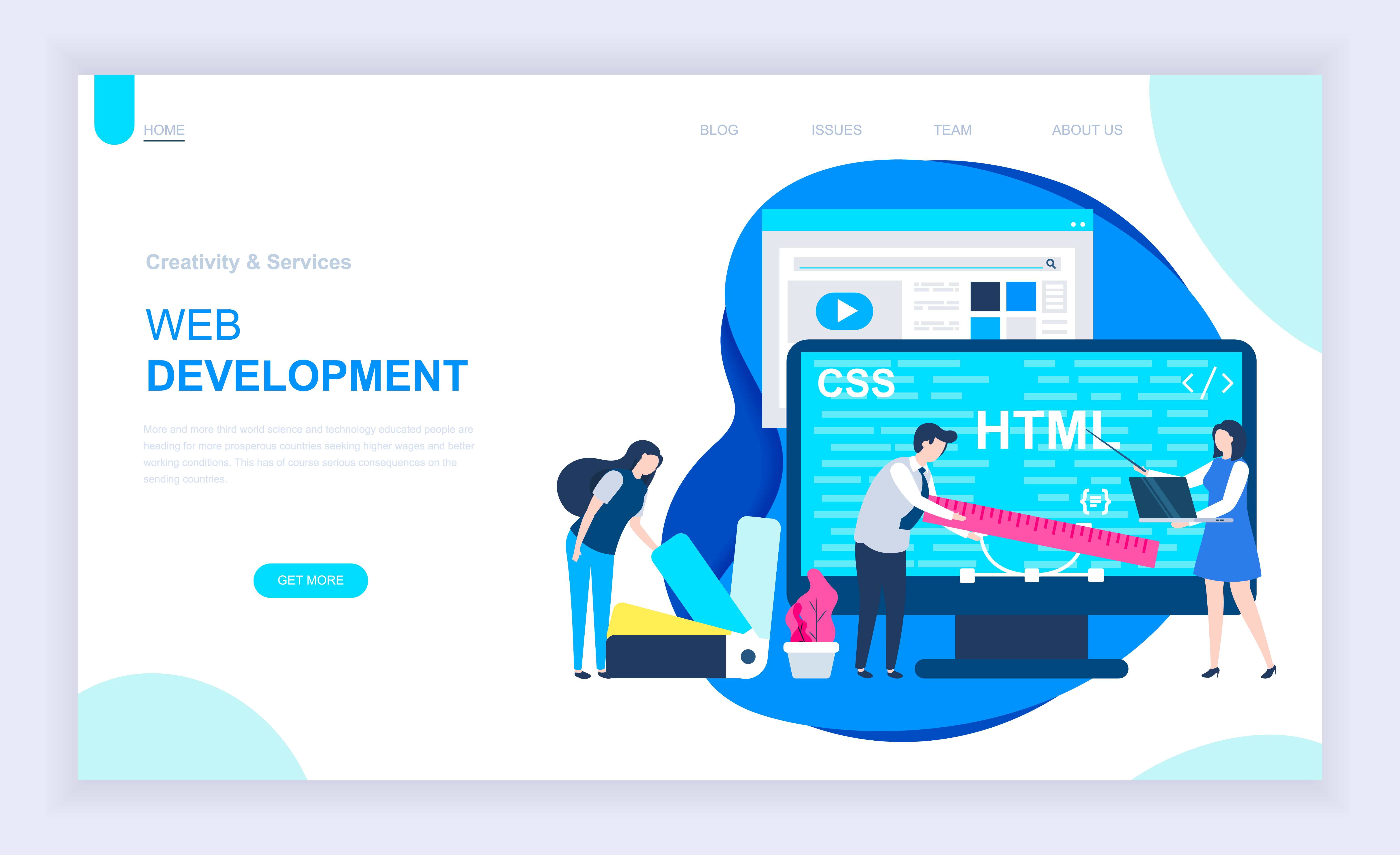


Use the picture element when you want to specify different images depending on device characteristics (a.k.a.Use relative sizes for images to prevent them from accidentally overflowing the container.Including images that work across devices is no different than for desktop, and only requires a few minor tweaks to create a good experience. The img element is powerful-it downloads, decodes, and renders content-and modern browsers support a range of image formats.
WEBDESIGN PHOTOS FREE
This is a free course offered through Udacity By the end of the course, you will be developing with images that adapt and respond to different viewport sizes and usage scenarios.
WEBDESIGN PHOTOS HOW TO
In this course you will learn how to work with images on the modern web, so that your images look great and load quickly on any device.Īlong the way, you will pick up a range of skills and techniques to smoothly integrate responsive images into your development workflow. Responsive Images #ĭid you know that images account for more than 60% of the bytes on average needed to load a web page? In this case, changing the image is usually referred to as art direction. Other times the image may need to be changed more drastically: changing the proportions, cropping, and even replacing the entire image. An image that is 50% width may work just fine when the browser is 800px wide, but uses too much real estate on a narrow phone, and requires the same bandwidth overhead when scaled down to fit a smaller screen. For example, on high resolution (2x) displays, high resolution graphics ensure sharpness. Responsive web design means that not only can our layouts change based on device characteristics, but content can change as well. With responsive web design not only can our layouts change based on device characteristics, but images as well. But they also often account for most of the downloaded bytes.


 0 kommentar(er)
0 kommentar(er)
